By: Danielle Patrick & Taylor A. King

India is in the Southern part of Asia. Indian cuisines are made differently almost everywhere in the world especially in the different regions in India. In North India cuisines are well-known by the proportion use of high dairy products;milk,paneer,ghee, and yoghurt are all common ingredients.Other coomon ingredients are chilies,saffron, and nuts. North India use utensils like the "tawa" for baking flat breads like roti and paratha, and "tandoor" for baing breads such as naan and kulcha. For them their main meal might be tandoori chicken and a type of bread. The samosa is a popular North Indian snack, and commonly found around other parts of India, , Middle East and, Asia, and North America. A general variety is filled with boiled, fried, or mashes potato. Other fillings include minced meat,cheese, mushroom, and chick pea.Mostly to sum it up popular snacks, drinks and appeitizers include mirchi bada, buknu, bhujiya, chaat, kachori, imarti, several types of pickles, murabba, sharbat, aam panna and papid. East Indian cuisine is famous for its desert, in particular sweets like rasagolla, chumchum, sandesh, rasabali,chhena poda, chhena gaja, and kherri. Rather then just deserts East India offer delights such as poppy seeds. Traditional Bengali cuisines arn't spicy or faint.Like South India, rcie is the staple grain in Eastern Intia also. A regular meal for them would consist of many side dishes made of vegetables.The most popular vegetables dishes of Orissa are Dalma and Santula.Traditional Bengali breakfast includes pantabhat, doi-chirey,doodh-muree with fruits with fruits.
Indian foods are mostly known for there soulful spices. There are so many different spices to Indian foods. In the English aphlabet, they range from a-w, but in the hindu aphlabet, they range from a-x. Some of them in english are; almond, basil, bay leaf, and black mustard seeds.Many Indian vegetables are made with spices to give it a great taste. In India, pungent and strong spices are better. Herbs are also used in Indian foods, coconuts and mints are two main herbs that are mixed with spices to give Indian foods the "pizzazz"! Herbs really help to balance out the spices against certain foods that may not need just spices in them. Tea is a staple beverage around India the finest varieties are grown in Darjeeling and Assam. It is normally prepared as masala chai, wherein the tea leaves are boiled in a mix of water, spices like cardamom, cloves, cinnamon, and ginger, and large amounts of milk to create a thick, sweet, milky mixture.Different varieties and flavors of Tea are prepared to take intrest for people with different tastes all over the country. Another popular beverage is coffee, which is mostly served in South India. One of the finest varieties of Coffea arabica is grown around Mysore, Karnataka, and is marketed under the trade name "Mysore Nuggets". Indian filter coffee, or kaapi, is also especially popular in South India. Other beverages include nimbu pani (lemonade), lassi, chaach, badam doodh (milk with nuts and cardamom), sharbat and coconut water. India also has many native alcoholic beverages, including palm wine, fenny and Indian beer. There's also bhang, prepared using cannabis, and inspired, especially in North India, during Holi and Vaisakhi.
Although the beverages aboved are really liked, people prefer drinking water with their food. In fact it is tradition to offer drinking water to guests before serving hot or cold drinks.
Indian Food Timeline:
2000 BC and earlier: Most people believe that the origins of Indian history and therefore the cuisine are as old as mankind itself. The earlier formal civilization is the Mohenjedaro and Harrapan Civilization, which is at about
2000 BC. Most people believe that the Ayurvedic tradition of cooking which is a complete holistic approach to cooking, evolved at this point in time. This lays the foundation of the concept that everything we eat affects both our body and mind, therefore food should be pure, from nature, and balanced. The core balance consists of balancing the six tastes – Sweet. Sour, Salty, Pungent, Bitter, and Astringent. These tastes relate to the attributes of Essence and Effect.
1000 BC: At this point we see the first movement of outsiders into the country, this forms the origins of the Indus Valley Civilizations. The Mohenjodaro people are believed to have been pushed to the Southern Part of the country and the cuisine there is still largely vegetarian. The roots of Hinduism are shaped at this point, the Vedas or the religious texts are developed at this point as is the Mahabharatha. The caste system is developed at this point in time, dividing food habits of people broadly by caste, for example the Brahmins for the most part were vegetarians while the Khatriyas were non-vegetarian.
600 BC: We see the emergence of Buddhism and Jainism, the later has a marked influence on the cuisine in some parts of the countries. Jains were strong believers in non-violence, traditional Jain cuisine apart from being cooked without meat was also cooked without onion and garlic.
400 BC: Parts of India were ruled by Alexander the Great, in the 326 BC period, but generally this period was the period of the Mauryan Dynasty.
The Mauryan dynasty especially King Ashok was responsible for the further development of Buddhism, this period also saw the development of Buddhism outside India, which would lead people to people there must have been some cross-pollination with food. There are references to the development and production of several varieties of natural liquor that were consumed for recreation. The Mauryan economy was also agriculture driven which resulted in the base of all the grain cuisine in India.
AD –1200: This period was the period of several North Indian dynasties, including the Gupta Dynasty which was noted for its love of the arts and there were several visiting travelers during this time. This was also known as the Golden Age of India Art, there were several travelers who visited India and carried with them knowledge and products like tea and spices. In the South of India notable dynasties were the Hoysala Dynasty. But from a culinary perspective there are still no significant external influences brought into the country.
1200-1500AD: This period is the period of Muslim Invasions and the first entry of several foreign invaders into the country. Vasco Da Gama arrived in India in 1948 to explore opportunities for trade which later resulted in colonization of parts of India by the Portuguese, the most notable example of this influence is seen in the cuisine of Goa, in Western India. The Khilji Dynasty ruled in Northern India during a significant period of time, an interesting travelogue of this period is provided by Ibn Batuta a Moroccan traveler in the court of Mohamed Bin Tughluk. In one instance he describes a meal served to him where is outlines the use of ghee, yogurt, pickles, and that it comprised of several courses including a milk-based dessert.
1500-1800 AD: This is the period of the Moghul empire and the emergence of the Moglai cuisine that people now associate with India. It includes the addition of several seasonings like saffron, the addition of nuts and cooking in the “Dum” or sealed pot method of cooking. In the South of India, you have the Sultan dynasty in Hyderabad where the similar influences are permeated into the region. There is a continuation of other European influences in parts of South India such as Kerala where you see the beginning of the Syrian Christian cuisine.
1800 – 1947 AD: This was the period of the British rule in India and the love affair of the English with Indian food. This generally was hardly a glorified period in Indian history, but the British loved the general elaborate way of eating and adapted several of the food choices to their taste and developed the “curry” as a simple spice to help them cook Indian spice. This period resulted in the emergence of the Anglo-Indian cuisine and the emergence of certain “Raj” traditions like that of “high-tea” an elaborate late afternoon meal served with tea.
1947 AD: This is the post-independence period which changed Indian cuisine to sub-continental cuisine since the Indian land mass was divided into several countries most notably Pakistan and Bangladesh, that inherited the following ancient history that has developed into today’s culinary tradition.
SOME INDIAN MELS:
Roti Canai Nasi Briyani
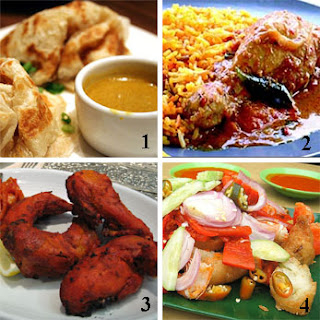
Tandoori Chicken Indian Rojak

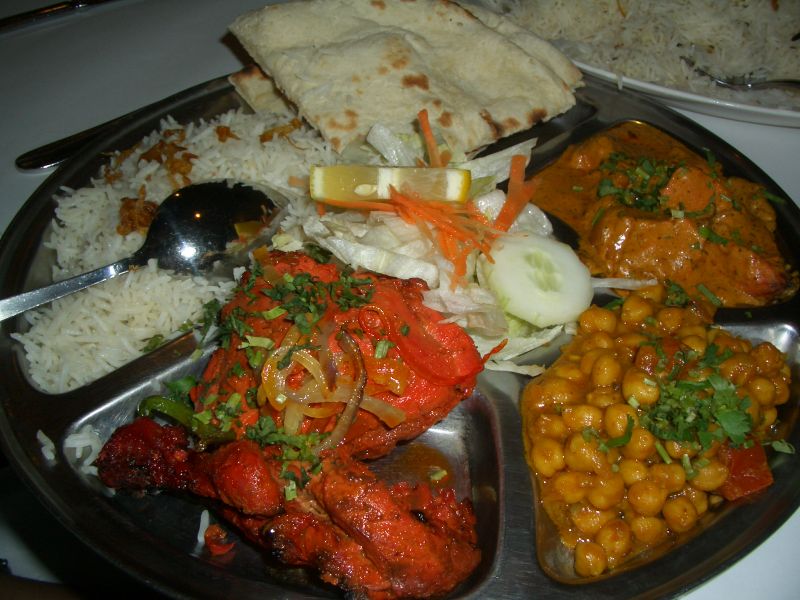

SOME INDIAN DRINKS:
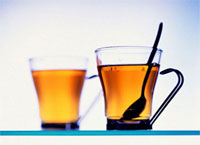
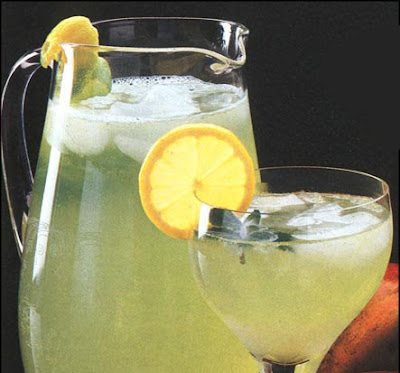
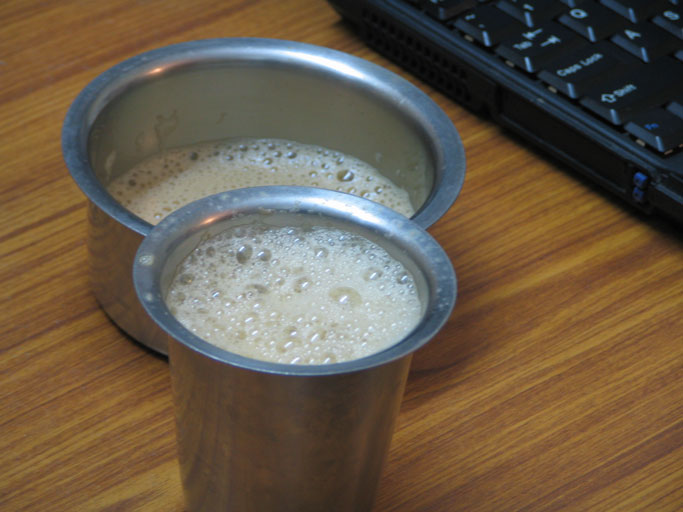
History of Indian Food and Cooking Timeline
By:Rinku Bhattacharya
http://www.inmamaskitchen.com/Indian_Cooking/history_Indian_food_cooking.html
Picture
Thokalath.com.
Copyright:2008
http://www.thokalath.com/cuisine/index.php
Numbered Indian Food Picture
Posted by:Pktan
May 5th, 2007
http://1.bp.blogspot.com/_ZVvSb4h31c4/Rjv_20F4jeI/AAAAAAAAAEE/CH0fgrTIILI/s320/Indian%2Bfood%2Bmalaysia.jpg
Indian Food Tray Picture
September 18, 2008 on 3:55 pm
In Generic, Reviews
Indian Food and Nutrition
http://ethnomediallc.com/wpress/wp-content/uploads/2008/09/800px-indian_food_set.jpg
Indian Food Pyramid
For the month 2/1/1998
http://www.semda.org/info/images/FebIndian.gif
Meal Picture
Copyright 2002-2004
IndianFoods Company
http://www.indianfoodsco.com/
Tea Picture
Copyright 2008
indianfoodforever.com
http://www.indianfoodforever.com/drinks/
Nimbu Pani Picuter
Friday, June 20, 2008
Posted by Rasa Rasika at 5:53 AM
Aruna Cuisine North Indian Port Blog
http://3.bp.blogspot.com/_OIEBhJkLZT4/SFuosb2E_tI/AAAAAAAABRA/4Gynbqrua8g/s400/nimbu%2Bpani.jpg
Indian filter coffee Picture
June 5,2005 6:20
Posted by:Dbenbenn
http://en.wikipedia.org/wiki/File:Indian_filter_coffee_in_Dabarah.jpg
Comments (4)
John Silva said
at 12:15 pm on Jan 23, 2009
Indian food is well known for its use of spices. Make sure you discuss some of the common types used. Also, "tandoori" is a method of cooking - you need to discuss some of the different types of cooking methods.
John Silva said
at 12:42 pm on Jan 27, 2009
This is a good start but you need to check both your spelling and paragraph formatting. Its a little difficult to read right now. Format your sources properly and make sure you add pictures.
John Silva said
at 12:47 pm on Feb 3, 2009
You should have a lot more done by this point... where are the pictures?
John Silva said
at 10:08 am on Feb 9, 2009
20 - You have some good detail but the photos don't go with the text - they should be arranged in context and explained. Bibliography not formatted properly
You don't have permission to comment on this page.